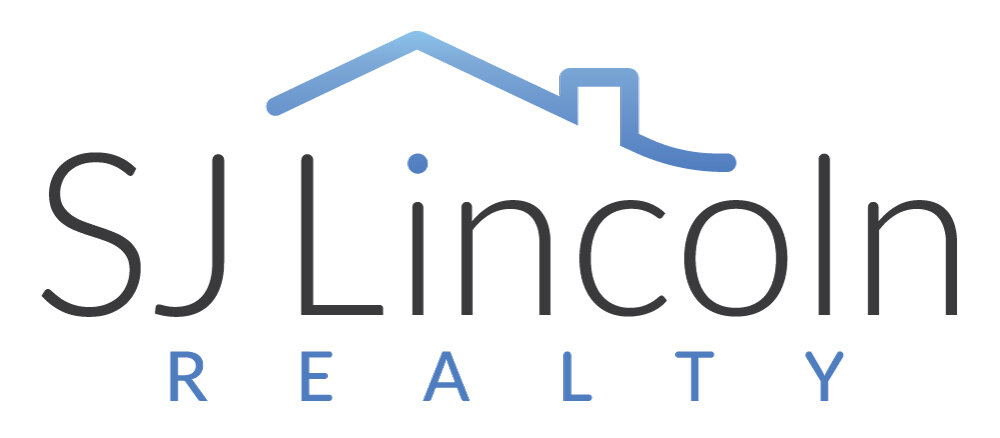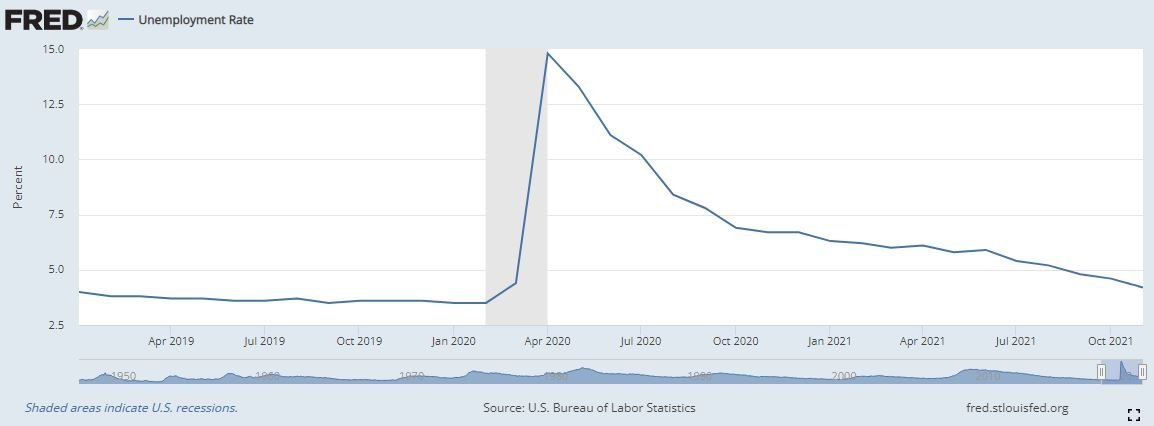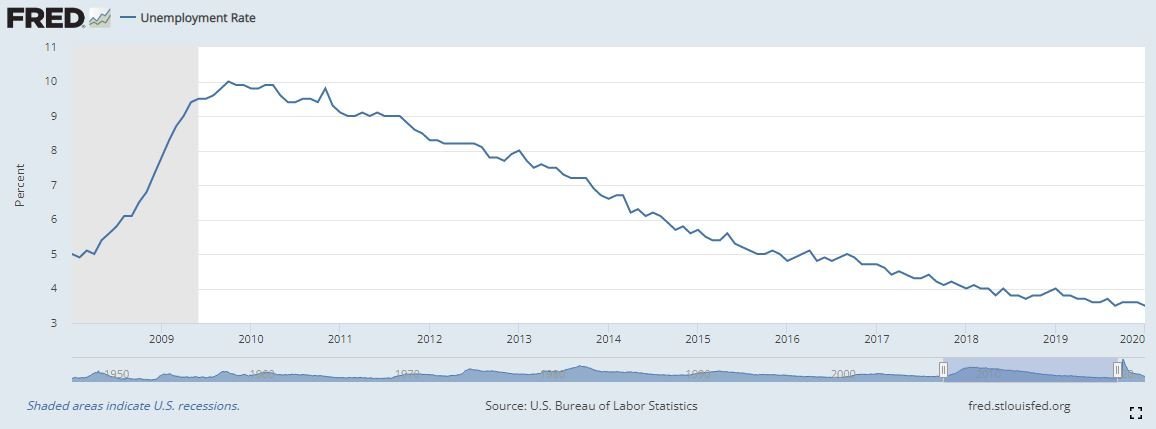How a Wide Spread Foreclosure Crisis
Was Averted
Hello friends,
Q2 2020 saw the U.S. unemployment rate reach levels not seen since the Great Depression. With job insecurity inevitably comes doubts about ones ability to meet standard monthly financial obligations. Experts feared a prolonged economic downturn, eventually leading to a foreclosure crisis reminiscent of 2009. But that's not what played out in 2020, and as we reach the end of the year nor has it occurred in 2021. How did the country manage to keep so many of its citizens in their homes?
Government Intervention
March 2020 saw the Coronavirus Aid, Relief, and Economic Security Act (CARES Act) get signed, December 2020 the COVID-related Tax Relief Act and The American Rescue Plan Act in March 2021. All called for direct payments to a majority of American households deemed most likely impacted by current events. For some this money was used to purchase new T.V.s and meme stock investing, but for others it funded mortgage payments that otherwise would have gone unpaid.
Resilient U.S. Economy
The Bureau of Labor Statistics February 2020 unemployment rate came in at 3.5%. Fast forward two months and this figure increased to nearly 15%. What came next however was very interesting. By September this number was cut in half. Contrast this with the Great Recession, which for a similar percentage recovery took nearly six years. While the peak recently experienced was higher, the duration was nowhere near as long.
The Bank Doesn't Want Your House
There's a common misnomer that greedy banks love to foreclosure on borrowers so that they can then resell the home for a profit. They don't. Banks and credit unions are in the business of lending money, not becoming real estate moguls. In most areas of the country lenders have foreclosure proceeds capped at what is owed plus expenses. Meaning if someone bids on a foreclosure the best outcome for the bank is they get made whole, while the worst case is no one bids and now the bank is responsible for maintaining, insuring, funding property taxes and paying a real estate agent to market/sell the home.
Forbearance plans were made widely available to borrowers in need of help. Depending on the type of mortgage mechanics of assistance varied, but options available could include interest only payments for a certain duration, moving payments to the end of the loan or pausing payments and re-amortizing based on a certain resumption date.
Where Are We Now
Out of the woods? No. Stimulus checks for many Americans have long ago been spent, banks are looking for repayment to start and inflationary pressures are eating up whatever discretionary income lower and middle income earners previously enjoyed. Looking at the latest delinquency figures however does provide evidence that the trend is positive.
CoreLogic's most recent Performance Report, which polls lenders nationwide found that 4% of first lien mortgage loans are greater than 30+ days past due. This compares favorably with this time last year when the rate was 6.6%.
If you are experiencing a financial hardship there still remains avenues of help available. Governor Hochul announced this past week the Homeowners Assistance Fund, designed to help folks behind on property taxes and mortgage payments.
If you've enjoyed the article I would encourage you to follow us on Facebook, Twitter, Instagram & YouTube for additional content. As a local growing real estate firm all social media follows/interactions carry significant importance. Plus, we'd love to hear from you!
Considering buying or selling in the Capital Region? Schedule a phone or Zoom call with me here
NYS Fair Housing Notice
Steven Luttman
Broker/Owner SJLincoln Realty
35 Bath Street, Ballston Spa NY 12020
(518) 309-8584



